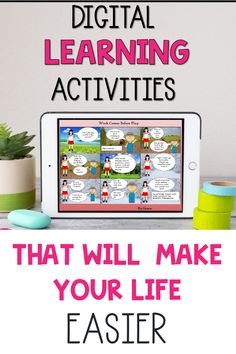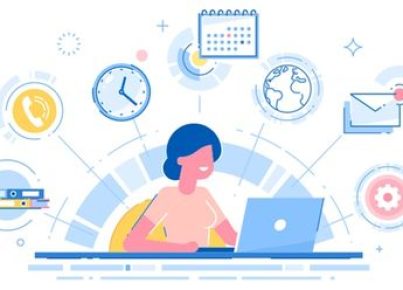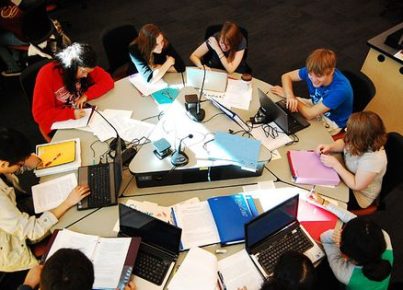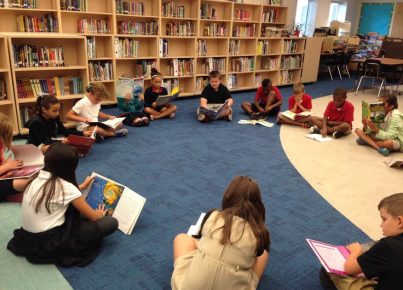The landscape of education has undergone a seismic shift with the advent of digital learning in classrooms across the United States. This technological revolution is changing the way educators teach and students learn, offering unprecedented opportunities for engagement, personalization, and access.
Digital learning encompasses a range of technologies including laptops, tablets, and smartphones, as well as interactive software, virtual reality (VR), and augmented reality (AR). These tools are being integrated into classrooms from kindergarten through college to create more interactive and immersive learning experiences. Digital platforms facilitate a variety of educational activities such as online lesson plans, real-time student feedback, virtual field trips, and much more.
One of the most significant advantages of digital learning is the ability to personalize education. With adaptive learning technologies, instructional content can be tailored to meet individual student’s pace and style of learning. This means that every student can learn in a way that is best suited to their abilities and needs. Data-driven insights enabled by educational technologies allow teachers to quickly identify areas where students may be struggling and adjust instruction accordingly.
In addition, digital learning breaks down geographical barriers and brings a wealth of information to students’ fingertips. It democratizes education by providing access to high-quality resources regardless of location or socioeconomic status. Online courses and educational materials make it possible for remote learners to receive the same quality education as their peers in physical classrooms.
Student engagement is another area where digital learning has had a transformative impact. Gamification elements and interactive multimedia can make learning more engaging for students who might otherwise find conventional classroom methods unappealing or difficult. The use of videos, animation, and interactive simulations can make abstract concepts more concrete and easier to understand.
However, it’s not just about the technology itself but also about how it’s implemented. Teachers play a crucial role in integrating digital tools into their pedagogy effectively. Professional development for educators is essential to enhance their digital literacy skills so they can guide students in navigating digital environments safely and responsibly.
Moreover, issues such as equitable access to technology need to be addressed to ensure all students benefit from digital learning opportunities. The digital divide can exacerbate existing inequalities if action isn’t taken to equip all schools with the necessary infrastructure and resources.
In conclusion, digital learning in US classrooms is poised to pave a vibrant educational future—one that focuses on personalized education, hones skills required for the 21st century workforce, and prepares students for an increasingly interconnected world. As society continues to evolve alongside technological advances, education systems will need to adapt continually to maximize the potential benefits of digital learning while mitigating its challenges. With thoughtful integration of these tools into classroom instruction, educators are crafting a dynamic new chapter in American education history.





